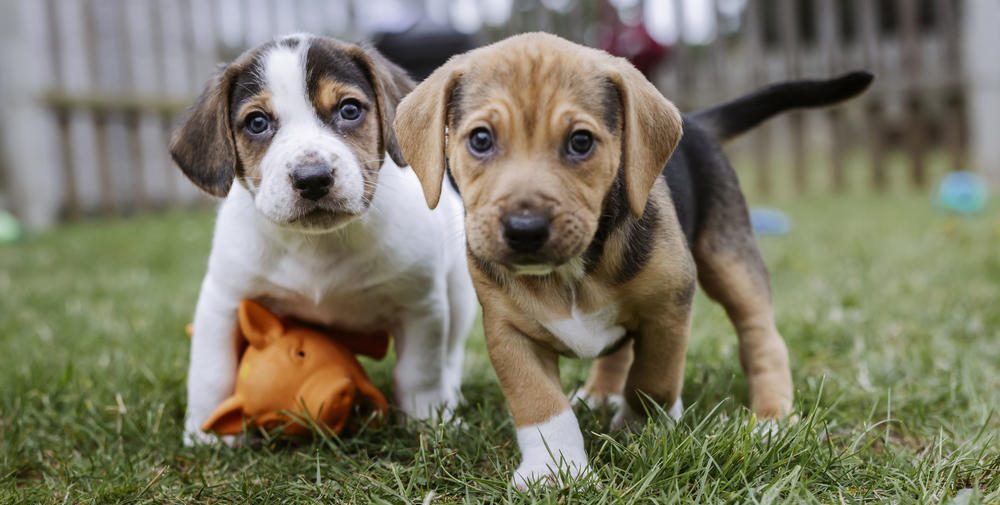Keeping Dogs Safe: A Guide to Garden Plants

We all know how much our dogs love exploring the garden – sniffing around, digging (sometimes where they shouldn’t!), and occasionally having a curious nibble of plants. It’s important for pet parents to know which garden plants dangerous to dogs could cause our pups problems.
Let’s Keep Your Dog Safe
Our dogs explore their world. While this is completely natural, it means we need to be extra careful about the plants they might encounter, especially when it comes to playful puppies and younger and curious dogs who love to investigate everything.
Important Plants to Watch Out For
Here are some common garden plants dangerous to dogs and indoor plants that could give your dog a poorly tummy – or worse – if they decide to make them a snack:
Always contact your vet if you’re concerned that your pet has eaten something they shouldn’t.
These plants can be dangerous to your dog, especially if they eat large amounts:
- Autumn crocus (Colchicum autumnale)
- Azalea/rhododendrons (Rhododendron species)
- Bluebells (Hyacinthoides species)
- Common poppy (Papaver rhoeas)
- Cotoneaster (Cotoneaster species)
- Crocuses (Crocus species)
- Daffodils (Narcissus species)
- Dumbcane (Diffenbachia species)
- Foxgloves (Digitalis species)
- Garden star-of-Bethlehem (Ornithogalum umbellatum)
- Grape vine fruits (Vitis vinifera)
- Giant hogweed (Heracleum mantegazzianum)
- Holly (Ilex aquifolium)
- Horse chestnut (Aesculus hippocastanum) – look out for conkers in autumn that can cause problems such as gut blockages
- Hyaciniths (Hyacinthus orientalis)
- Ivy (Hedera helix)
- Laburnum (Laburnum anagyroides)
- Lily of the valley (Convallaria majalis)
- Mistletoe (viscum Album)
- Onion and garlic plants (Allium species)
- Oak (Quercus species) – look out for acorns in autumn that can cause problems such as gut blockages
- Oleander (Nerium oleander)
- Potato plants (Solanum tuberosum)
- Pieris plants (Pieris species)
- Rowan (Sorbus aucuparia)
- Rhubarb plants (Rheum species)
- Snowdrops (Galanthus)
- Tulips (Tulipa species)
- Yew (Taxus species)
Signs Your Dog Might Have Eaten Something They Shouldn’t
Keep an eye out for:
- Extra drooling or not wanting their dinner
- Feeling under the weather or sleeping more than usual
- Upset tummy (look out for any plant pieces in their sick or poo)
- Drinking or weeing more than normal
- Skin rashes or sore patches
- Pale gums or mouth sores
- Any unusual twitching or wobbliness
- Collapse
Don’t Wait – If you’re worried your four-legged friend has nibbled on something they shouldn’t have, contact your vet straight away. It’s always better to be safe than sorry!
Creating a Dog-Safe Garden
While we can’t give you a definitive list of completely safe plants, we can help you make your garden a safer space:
- Keep house plants out of paw’s reach
- Watch your dog during garden playtime
- Store compost in secure bins – compost and grass clippings can contain dangerous moulds or bacteria. Keep any compost in a secure bin.
- Be careful with grass seeds, especially in spring and summer. Grass seeds can get stuck in your dog’s skin, especially in their paws, armpits and ears. They can cause irritation, infection and even spread to other parts of the body, leading to potentially serious problems. Grass seeds aren’t just a hazard if you’re re-seeding your lawn, they are also common in fields of long grass.
- Keep garden products like fertilizers safely stored away – these often contain products which are toxic to pets. Avoid spraying any areas your dog usually visits and put up barriers or covers to keep pets out of any areas that you need to treat.
- Watch out for fungi and mushrooms, especially in damp autumn weather. Not all types of fungi are dangerous, but some can be life-threatening if your dog eats them. So it’s best to avoid them completely.
Need help creating a pet-friendly garden? Our friends at Blue Cross have lots of lovely ideas to make your outdoor space a tail-wagging success!


